Global Forum For Indurstrial Devlopment is SPONSORED BY ICO INDIA
- MP Society Registration (Act. 1973 No. 44) 03/27/01/21857/19 (MSME Forum Established Since-2009)

Tata International is a pioneer in the Indian leather industry and a leading exporter of finished leather and leather products. We are a significant global player in goat leather and are the only tannery in India producing cow patent leather. Servicing the complete leather and leather product needs of select clients, we have built enduring associations with major global brands such as Marks & Spencer, Gabor, Aerosoles, Zara, Wolverine, Mango, and many others. Providing specialised leather solutions, our forte is consistent quality, honed to suit specific clients.
We are an industry leader in environmentally conscious leather production, from both Indian and global perspectives. Through the activities of our extensive in-house R&D activities and the use of emerging technologies we have created and incorporated eco-friendly processes into our leather manufacturing processes.
Eco-friendly leather; Bio-methanation plant; Effluent treatment plant; Chemical substitution; Energy savings; Water harvesting; Pollution control; Eco-labelling of finished leather; Social audit; Environmental audit
Our facilities have received ISO accreditation and LWG Gold Rating in recognition of the work done in setting quality and sustainability standards. We have invested in women’s safety, hygiene and nutrition. We adhere to the Tata Code of Conduct on matters of ethical sourcing and corporate social responsibility.
Leather Products – Our products, crafted from premium leather in bold seasonal trends and colours are regularly selected for Modeurop. Our key strengths – trend forecasting, design and development capabilities, coupled with our stringent quality control standards make us a world-class supplier to global brands.
Footwear – We export to global brands and leading retailers around the world including Marks & Spencer, Gabor, Aerosoles, Zara, Wolverine, Mango, and many others.
Men’s shoes; Ladies’ shoes; Children’s shoes.g:
1. Garments – We manufacture an extensive range of leather products for premium lifestyle brands worldwide such as Calvin Klein Jeans and Diesel. Our reputed international clientele include All Saints, Kenneth Cole, Country Road, Witchery, Marlboro Classics, FCUK, Emporio Armani, to name a few.
2. Finished Leather – We specialise in the use of India’s heritage raw materials and offer a range of goat, sheep and bovine based leathers used in the footwear, apparel, gloving, leather goods, automotive and furniture industries. Many leading global brands are our customers of our quality products.
3. Fashion and Lifestyle Leather -Our fashion and lifestyle leather tannery supplies a wide range of finished leathers to some of the world’s leading manufacturers of footwear, apparel, handbags and accessories.
4. Performance Leather – Utilising the latest technology, our ISO 9001:2008, ISO 14001:2004 and ISO/TS 16949: 2009 certified performance leather unit in Dewas produces a range of world-class upholstery leathers designed to meet the rigorous standards required in today’s furniture and automotive industries.
5. Tata Heritage Leather -Tata Heritage Leather Collection is a range of casual and lifestyle leathers that celebrates the rugged beauty of water buffalo, an Indian icon.
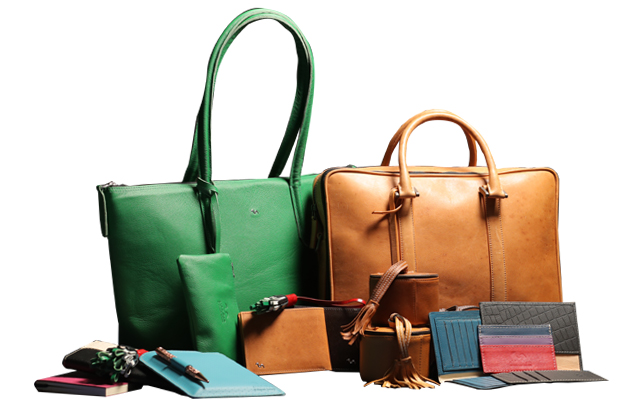
he Indian Leather, Leather Products and Footwear Industry holds a prominent place in the Indian economy. This sector is known for its consistency in high export earnings and it is among the top ten foreign exchange earners for the Country.
The export of footwear, leather and leather products from India was to the tune of US $ 3.68 billion during 2020-21.
The industry is bestowed with an affluence of raw materials as India is endowed with 20% of world cattle & buffalo and 11% of world goat & sheep population. Added to this are the strengths of skilled manpower, innovative technology, increasing industry compliance to international environmental standards, and the dedicated support of the allied industries.
The leather industry is an employment intensive sector, providing job to about 4.42 million people, mostly from the weaker sections of the society. Women employment is predominant in leather products sector with about 30% share.
India is the second largest exporter of leather garments, third largest exporter of Saddlery & Harness and 4th largest exporter of Leather Goods in the world..
The major production centers for footwear, leather and leather products in India are located in the States of Tamil Nadu – Chennai, Ambur, Ranipet, Vaniyambadi, Vellore, Pernambut, Trichy, Dindigul and Erode; West Bengal – Kolkata; Uttar Pradesh – Kanpur, Agra, Noida, Saharanpur; Maharashtra – Mumbai; Punjab – Jalandhar; Karnataka – Bengaluru; Telengana Hyderabad; Haryana – Ambala, Gurgaon, Panchkula, Karnal and
Own raw material source – About 3 billion sq ft of leather produced annually
Some varieties of goat / calf / sheep skins command premium position
Strong and eco-sustainable tanning base
Modernized manufacturing units
Trained / skilled manpower at competitive wage levels
World-class institutional support for Design & Product Development, HRD and R & D.
Presence of support industries like leather chemicals and finishing auxiliaries
Presence in major markets – Long Europe experience
Strategic location in the Asian landmass
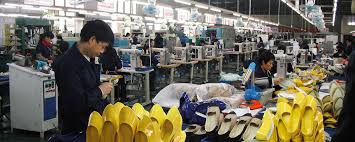
Design development initiatives by institutions and individuals
Continuous modernization and technology up-gradation
Economic size of manufacturing units
Constant human resource development programme to enhance productivity
Increasing use of quality components
Shorter prototype development time
Delivery compliance
Growing domestic market for footwear and leather articles
Tanning Sector – Annual availability of leathers in India is about 3 billion sq.ft. India accounts for 13% of world leather production of leathers. Indian leather trends/colors are continuously being selected at the MODEUROPE Congress
Footwear Sector – India is Second largest footwear producer after China, with Annual Production of 2.58 billion pairs (2018). India is also the second largest consumer of footwear after China, with a consumption of 2.60 billion pairs.
Footwear (leather and non-leather) export accounts for about 45.62% share in Indian leather and footwear industry’s export (2020-21).
Farming efficiency and hide and skin off-take and collection, including the quality of flaying and preservation techniques, could be improved in some regions, most notably in Africa. However, over many decades, the extensive efforts to make such improvements have had limited success. As countries develop and people grow more prosperous, the overall demand for meat and dairy products grows, even though some declines in this demand have been seen in Europe and the USA. In Africa, the Middle East and Asia, the growing demand for meat is increasingly being met by intensive industrial pig and poultry farming. Pigskin was considered the largest reservoir of future leather raw material, but its potential has diminished. The entry of pigskin into the leather market depends on price, culture and technology. Not all pigs are skinned and much of the pigskin is used for gelatine production. Making good leather out of pigskin involves considerable technical challenges. Pigskin leather is estimated to account for 11% of the current world leather production, China being by far the leading producer.
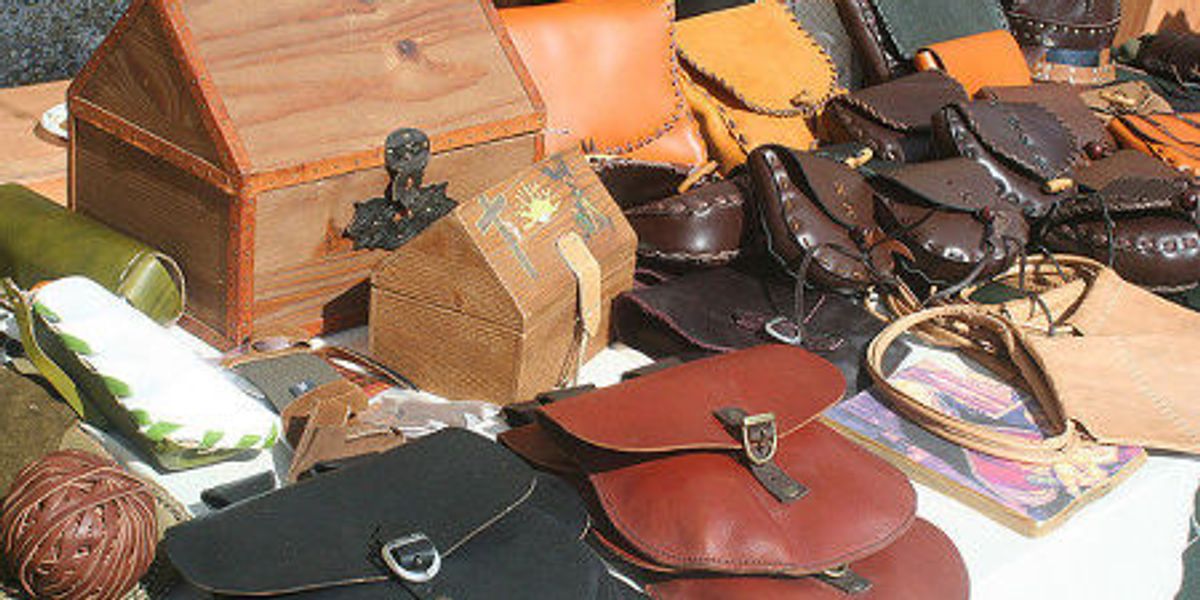
The industry has long anticipated that the demand for leather would outstrip raw material supply, but this is not supported by the above figures, at least not until the end of the 20th century. In part, this is related to changing end uses for leather and to the introduction of more replacement materials. Overall, the position of leather has remained remarkably stable in spite of changes in world economics, farming, and technology. The major trend over the last few decades has been the faster growth of raw material supply in the developing world. This has brought about some deterioration of the quality of raw material available to tanners, largely due to climate and husbandry issues. The supply of leather raw material depends on the world’s demand for meat and milk, which has grown dramatically over the last three decades in many parts of the world, although it has remained flat in Africa. The growth of poultry and pork consumption has been stronger in many developing economies, including China, and the increase in the consumption of pork has been almost completely related to changes in China. Table 2 (opposite) gives an indication of growth rates in meat consumption.
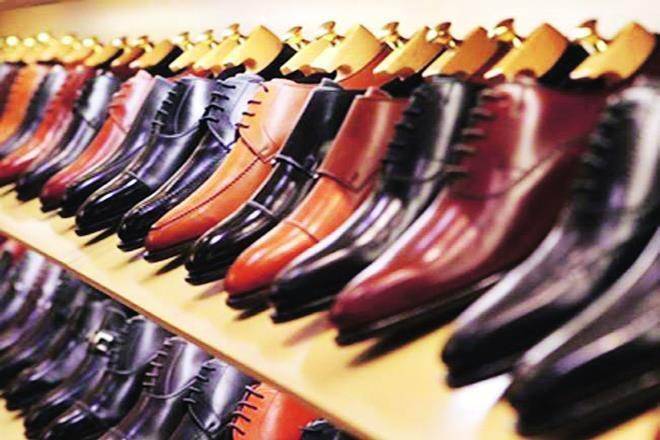
India’s leather industry has grown drastically, transforming from a mere raw material supplier to a value-added product exporter.
Total leather and leather products export from India stood at US$ 5.07 billion in 2019-20.
During April 2019 to March 2020, the major markets for Indian leather products were US (17.22%), Germany (11.98%), UK (10.43%), Italy (6.33%), and France (5.94%).
The total leather and leather products export during April 2000 to March 2021 was US$ 3.30 billion and for the month of March 2021 it was US$ 317.77 million.
During April 2020 to March 2021, products exported include leather footwear component (US$ 197.59 million), leather garments (US$ 295.56 million), and leather goods (US$ 944.31 million).
In April 2021, export of leather and leather products stood at US$ 289.57 million.
The Council for Leather Exports (CLE) is an autonomous non-profit organisation, which is entrusted with export promotion activities and the development of the leather industry in India. About 3,500 companies manufacturing/exporting leather and leather products are members of the Council.
Directorate General of Commercial Intelligence and Statistics Council for Leather Exports Press Information Bureau
Many of our clients have vast reserves of content that have been meticulously tagged by humans for decades, which is a perfect data set to train a new predictive model. Right now, we are teaching Watson to auto-tag new articles based on a library of previously tagged content. We are also using off-the-shelf models from Microsoft and others to tag content with the sentiment, tone, grade-level, and other aspects relevant to content writing. This application is especially suitable for media or publishing clients.
Cotton plays an important role in the Indian economy as the country's textiles industry is predominantly cotton based. India is one of the largest producers as well as exporters of cotton yarn. The Indian textiles industry contributes around 5% to country’s gross domestic product (GDP), 14% to industrial production and 11% to total export earnings. The industry is also the second-largest employer in the country after agriculture, providing employment to over 51 million people directly and 68 million people indirectly, including unskilled women. The textiles industry is also expected to reach US$ 223 billion by 2021.
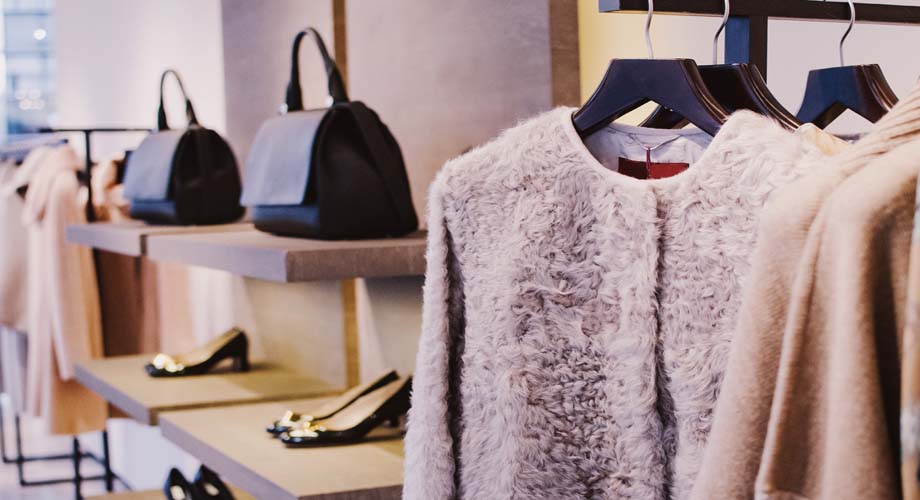
Opportunity to set-up export units: India has trade agreements with Japan, Korea, ASEAN, Chile etc., and is negotiating Free Trade Agreement with the European Union, Australia etc. The leather industry in India has abundance of raw materials with 20% of world cattle & buffalo and 11% of world goat & sheep population. Women employment is predominant in Leather products industry with about 30% share. The Leather industry in India has one of the youngest workforces with 55% of the workforce below 35 years of age. Opportunity to tap the huge domestic market in India: The domestic market is expected to reach USD 18 Bn by 2020. Comparative advantages exist in production cost and labour costs as compared to other major manufacturing countries. Skilled/trained manpower is available for a new production unit or existing production unit.
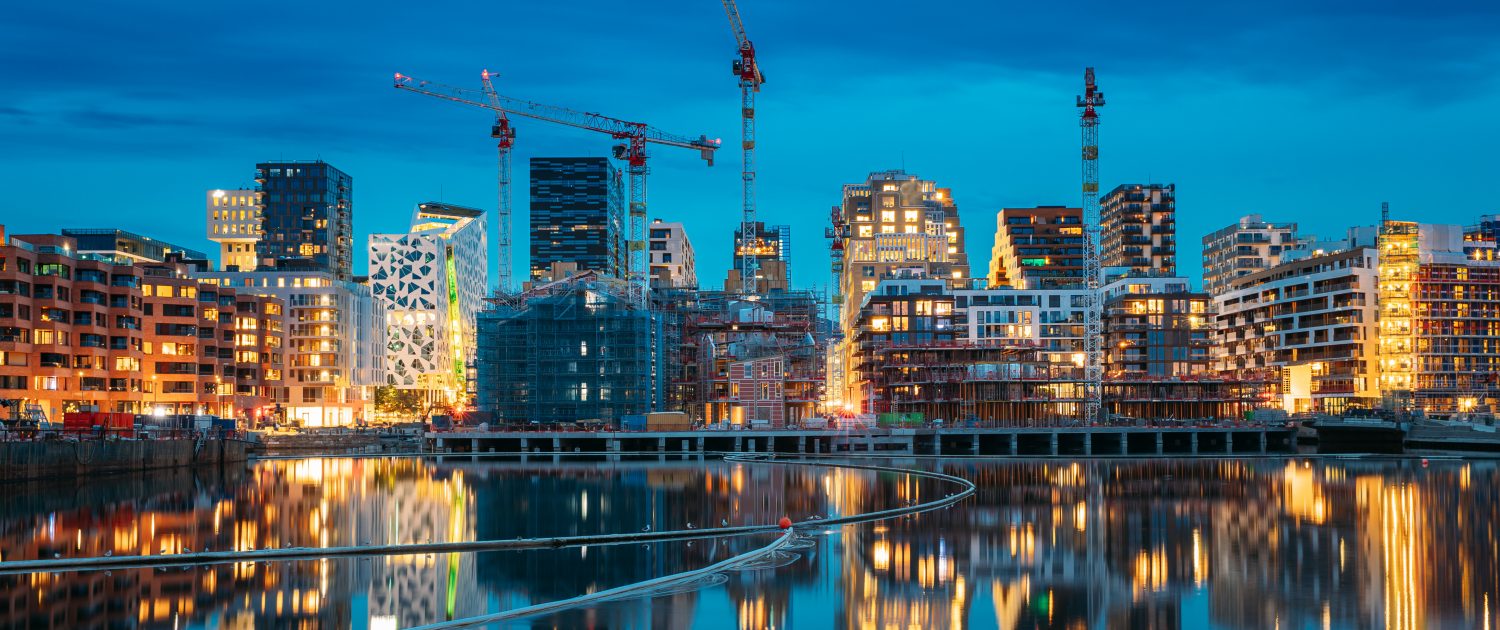
India is endowed with 20% 6 of the world’s cattle and buffalo and 11% of the world’s goat and sheep population. India produces 3 bn sq. feet of leather on an annual basis.7 The Leather industry in India comprises major segments namely footwear, finished leather, leather goods, leather garments, footwear components, saddlery and harness. All these segments have high growth potential. Great opportunity to set up a manufacturing facility of footwear components, considering the increasing demand for fashion footwear in India.